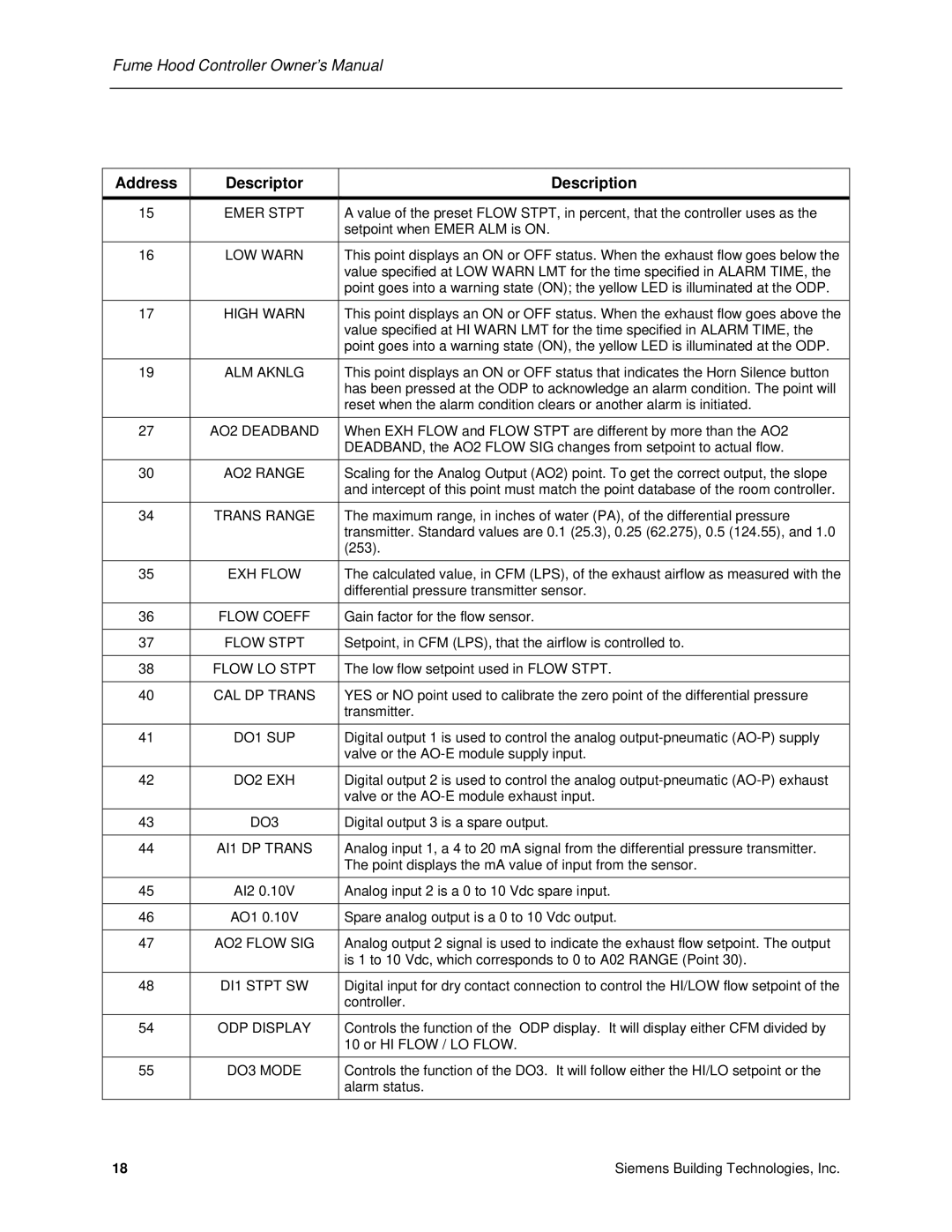125-5033 specifications
The Siemens 125-5033 is a highly regarded circuit breaker in the world of electrical engineering and power distribution. Known for its robust design and versatile applications, this device offers a host of features that make it suitable for both commercial and industrial use.One of the main features of the Siemens 125-5033 is its compact size. This allows for easy integration into existing systems without occupying excessive space, making it an ideal choice for facilities with limited room for electrical infrastructure. Its ability to handle high current ratings, typically around 125 amps, ensures that it can support a variety of electrical loads, making it versatile across different applications.
The Siemens 125-5033 employs advanced technologies, such as thermal-magnetic trip mechanisms. This allows for reliable protection against overloads and short circuits. The thermal component of the trip mechanism is designed to react to sustained overcurrent conditions, while the magnetic component responds instantaneously to short circuits. This dual-functionality ensures that the circuit breaker can effectively protect both the conductors and the connected equipment.
In terms of safety, the Siemens 125-5033 comes with advanced arc suppression technologies that minimize the risk of arcing during the circuit interrupting process. This not only enhances the longevity of the breaker but also safeguards personnel working near electrical installations. Additionally, the device features a clear, accessible reset mechanism, making it user-friendly and easy to operate in case of an interruption.
Another notable characteristic of the Siemens 125-5033 is its built-in ground fault protection option. This capability provides an added layer of safety, ensuring that any ground faults are detected and addressed promptly. It is particularly useful in environments where moisture or dust can compromise electrical safety.
The Siemens 125-5033 also boasts compatibility with various monitoring and control systems, enabling seamless communication and integration into smart building management systems. This feature allows facility managers to monitor power usage, identify potential issues, and optimize energy consumption effectively.
Overall, the Siemens 125-5033 circuit breaker is a reliable, safe, and technically advanced choice for those looking to enhance their electrical systems. Its compact size, dual-trip mechanism, ground fault protection, and compatibility with modern technologies make it a valuable asset for any facility looking to improve its electrical safety and efficiency.
